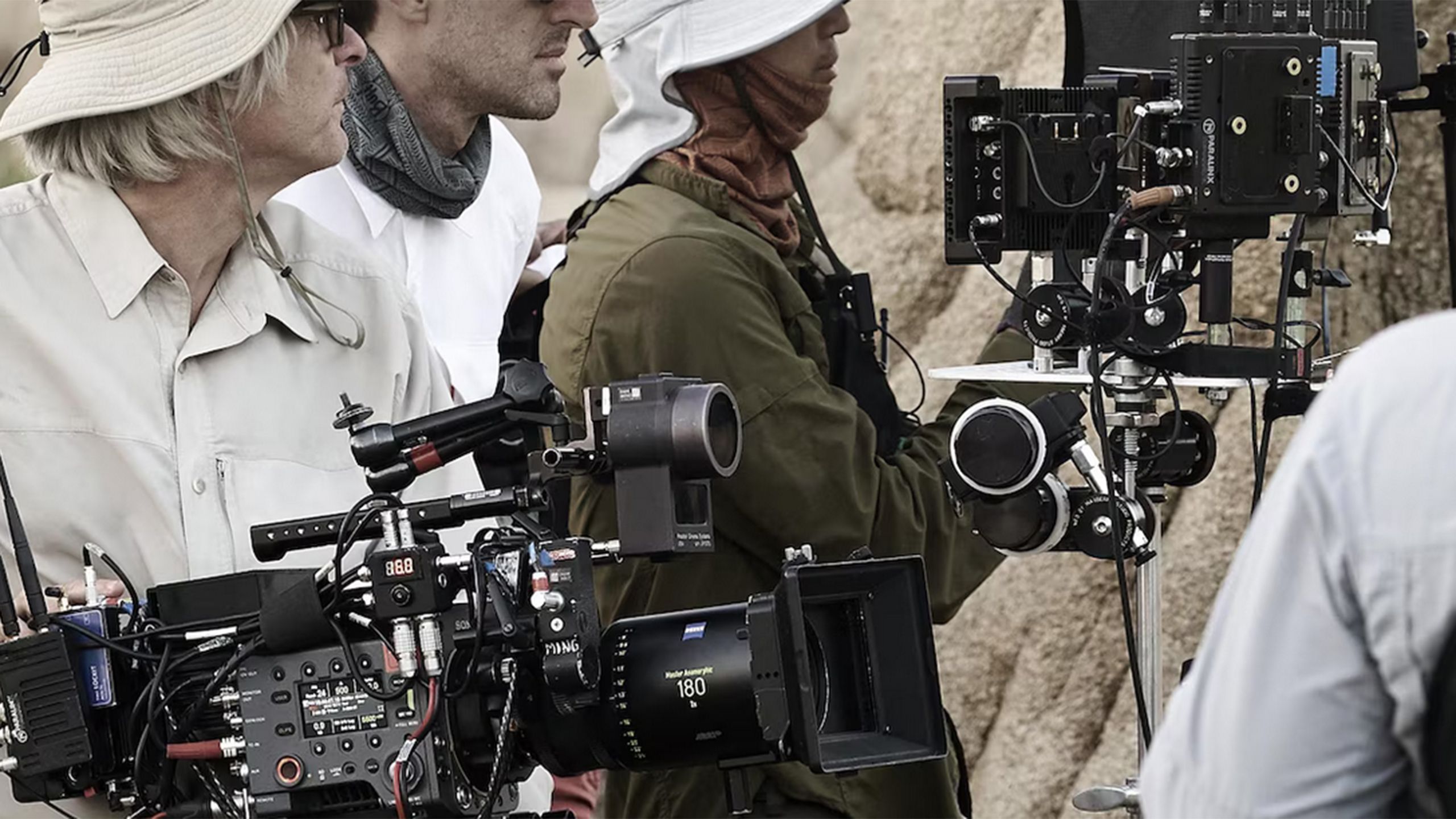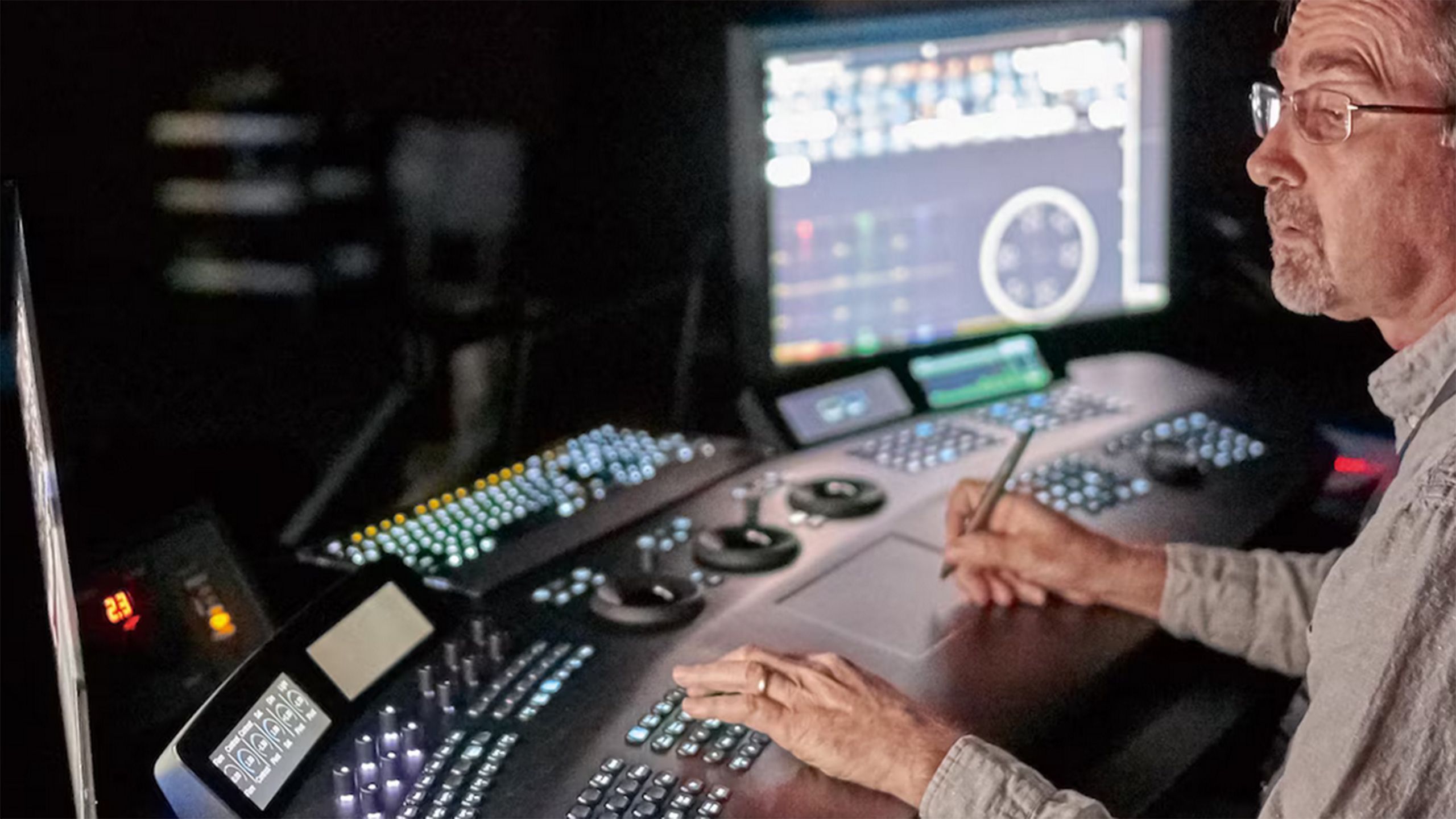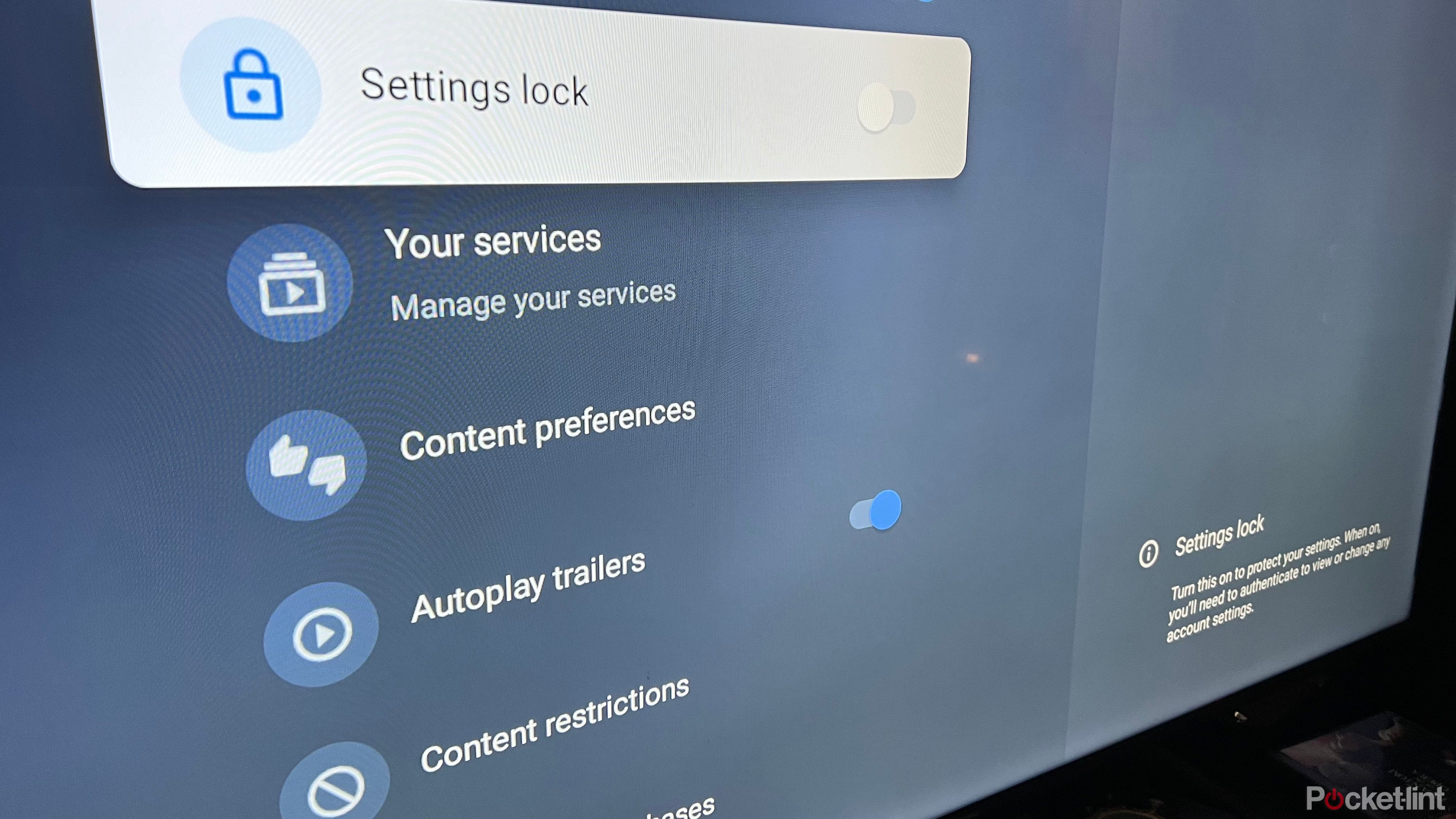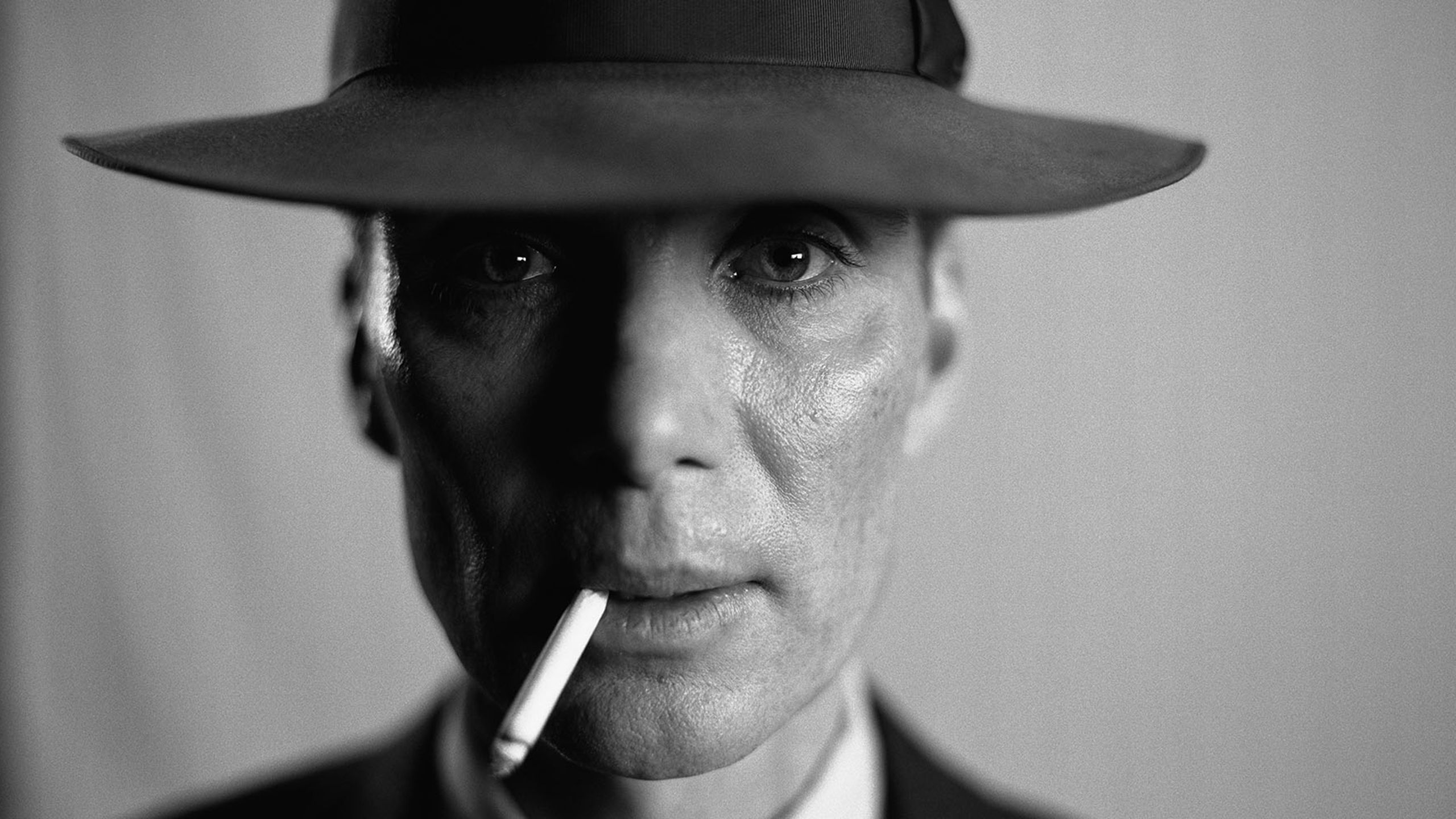Key Takeaways
- Calibration improves image quality by adjusting settings to industry standards.
- Consider professional calibration for optimal quality or use affordable discs for DIY calibration.
- Some smart TVs feature settings like Filmmaker Mode and Netflix Calibrated to enhance image fidelity.
Any new smart TV you invest in has a lot to offer. From innovative screen technologies to AI processors, dynamic sensors to voice-activated virtual assistants, Smart TVs are designed to optimize convenience and deliver immersive content.
8 things to know about LG’s new G4 OLED TV
The LG G4 is officially here with impressive upgrades. Here’s what to know before buying.
However — and its a big however — not all of those features can do everything on their own. Sometimes, they can even work against you and make the image quality worse.
Obtaining the best image possible from your TV requires more work: it calls for calibration.
There is certainly some work to do out of the box with a new TV — it could use a little help with improving the quality of the image. That just requires playing around with some settings and positioning your TV in the right spot. Obtaining the best image possible from your TV requires more work: it calls for calibration.
Sony
What is calibration?
The process takes time, energy, and a bit of money
TV calibration is the process by which a range of settings are adjusted to adhere to certain standards in order to improve the image. Calibration, technically, is specific and requires certain tools in order to achieve the right balance. The goal is to match the settings on your TV to those used by the film and TV industry so that you’re watching content the way it was intended to be seen. Simply, there is a global standard for video (though I find it hard the ‘globe’ was able to agree on anything), and it is that standard against which the TV is being calibrated. Everyone is creating content on this standard, so you want to be able to see it like creators see it.
Calibration’s goal is to match the settings on your TV to those used by the film and TV industry so that you’re watching content the way it was intended to be seen.
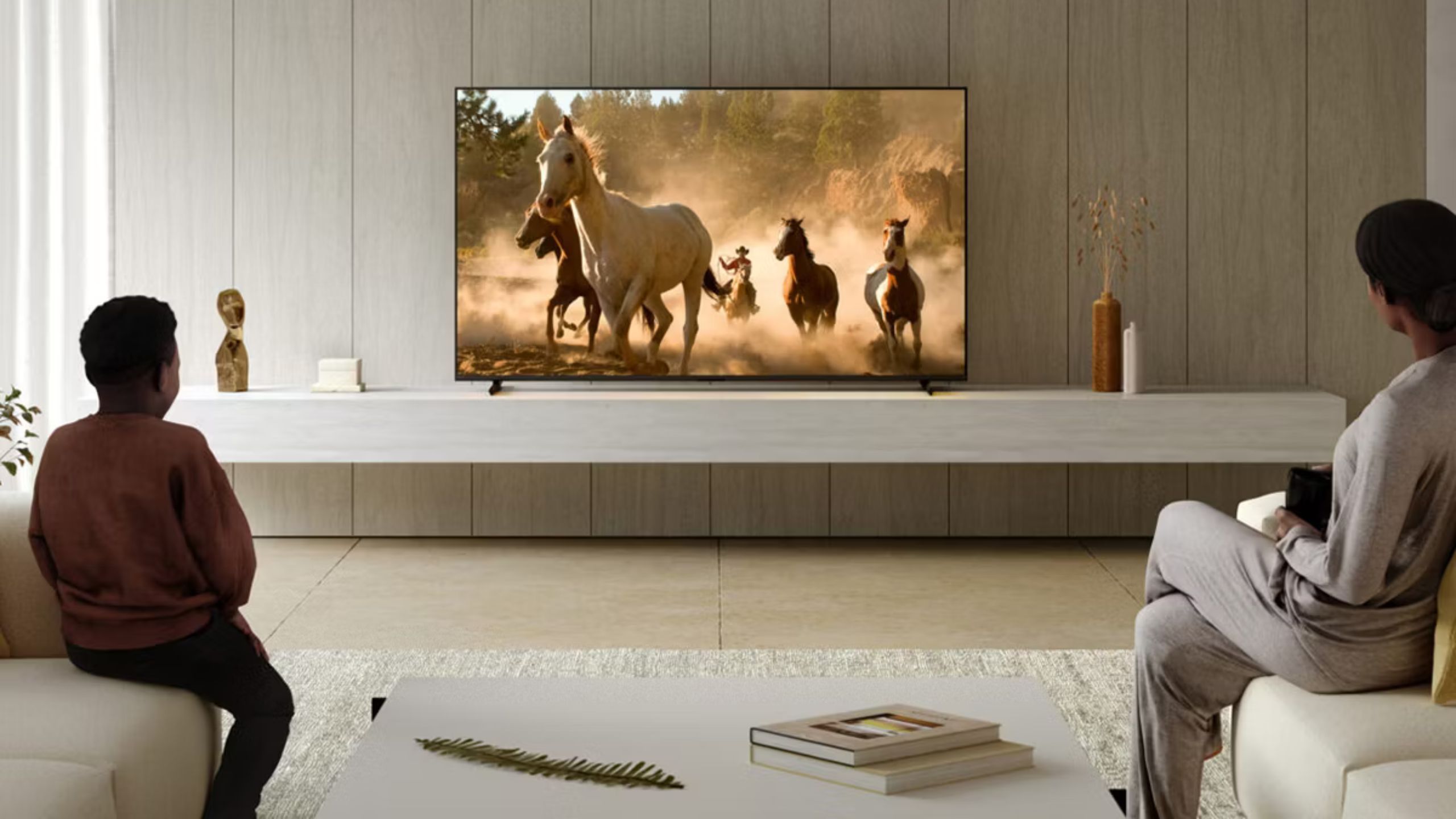 What calibration means for most consumers
What calibration means for most consumers
Be mindful that ‘calibration’ can mean different things to different people. To the Imaging Science Foundation, a body that sets forth the specifications of the process, calibration is precise and involved. The ISF trains individuals to become professional calibrators, and its certification process is rigorous and championed. Working with industry groups and TV manufacturers, it upholds the standards for calibration.
To Sony or Samsung, however, calibration might be a term they use in marketing or features to evoke feelings. And for some consumers, like me for a long while, calibrating my TV wasn’t too dissimilar from simply setting up my TV. So, just be careful when coming across the word ‘calibration.’
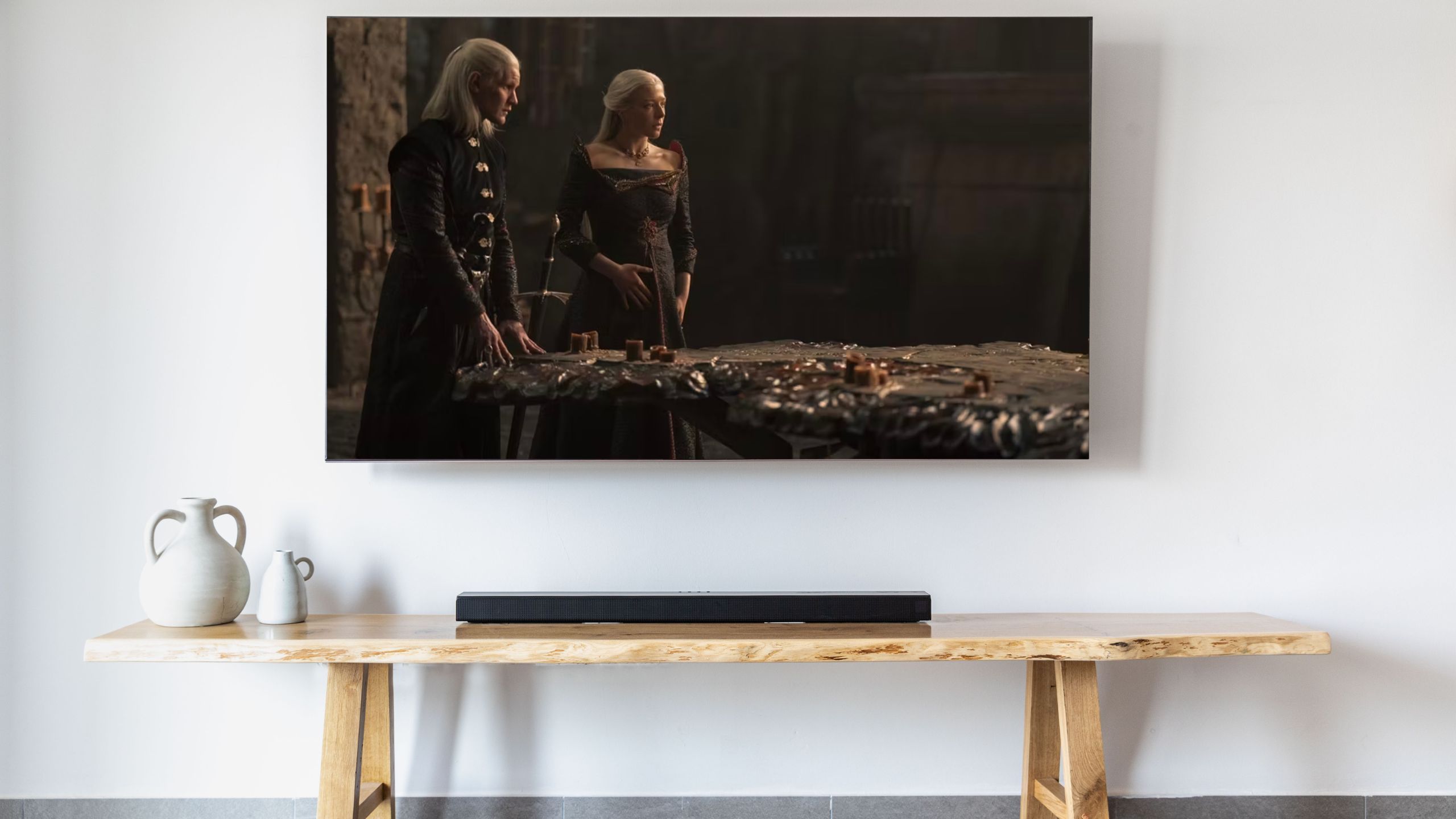
6 ways to combat a dark TV screen
In TV’s “dark era,” here’s how I tackle a screen that’s hard to see.
Proper calibration improves clarity, sharpness, color, and contrast, adjusting such settings to the industry standards. For example, D6500 is the temperature of unfiltered sunlight, and is also the standard your TV is trying to get close to when you calibrate the color temperature for whites on screen. And every other color is influenced by white. There’s another nice perk to calibration: it also typically improves energy efficiency, which is good for your eyes, your TV’s longevity, and your electricity bill.
Proper calibration improves clarity, sharpness, color, and contrast, adjusting such settings to the industry standards.
Sony
How to calibrate your TV
You can go the professional route or forge ahead on your own
Once you’ve decided you want to calibrate your TV, there are two pathways from which to choose: professional or amateur.
If you’re a dedicated cinephile, or really want to get the most out of your expensive, flashy, new luxury smart TV, you may want to opt for professional calibration.
Professional calibration
A certified calibrator can come to your home and adjust your TV so that you can view content as it was meant to be seen. You don’t have to do anything but pay up, and it can cost a few hundred dollars or more depending on the type of TV and if you want various modes calibrated too. SDR video formats made calibration somewhat easier; a variety of HDR formats popping up adds complexity to calibration. The professional route will cost more and take more time than trying it yourself; there’s a lot of checking and double-checking and testing going on.
DIY- it
The DIY option will cost under $100; you just need to invest in a calibration disc and follow along the instructions at home. Spears & Munsil Benchmark and Calibration Discs are a popular and relatively affordable option; you just need a console or device that plays discs. There are versions for both HD content in SDR format and discs that deal with HDR for newer TVs. The process typically takes under a half hour; you simply follow along the guide as you tinker with settings in your TV.
Alternatively, there are a number of DIY guides available online, and your TV maker might even have suggestions and steps for optimizing the quality as well.
Basically, you pop in the disc and follow along the instructions, going to menus in your TV and adjusting settings against the unique patterns on screen. This involves looking at backlighting, brightness, contrast and gamma. The process may be tedious, but it’s not particularly exhausting.
So what’s the difference between having a professional do it and trying it yourself? That will depend on the viewer and the TV, but the discrepancy doesn’t seem to be particularly large. In some cases, a newly calibrated TV might even appear ‘off’ to the viewer at first. If you’re used to watching TV a certain way, you might not realize how different the image ‘should’ be.
 Smart TV calibration features
Smart TV calibration features
Your TV might be able to help you get close
Some TV brands are making it a lot easier to enjoy faithful content at home, forgoing pricey or timely calibration. The top electronics companies, Sony, Samsung, and LG, each in their own way, are working towards cinematic fidelity.
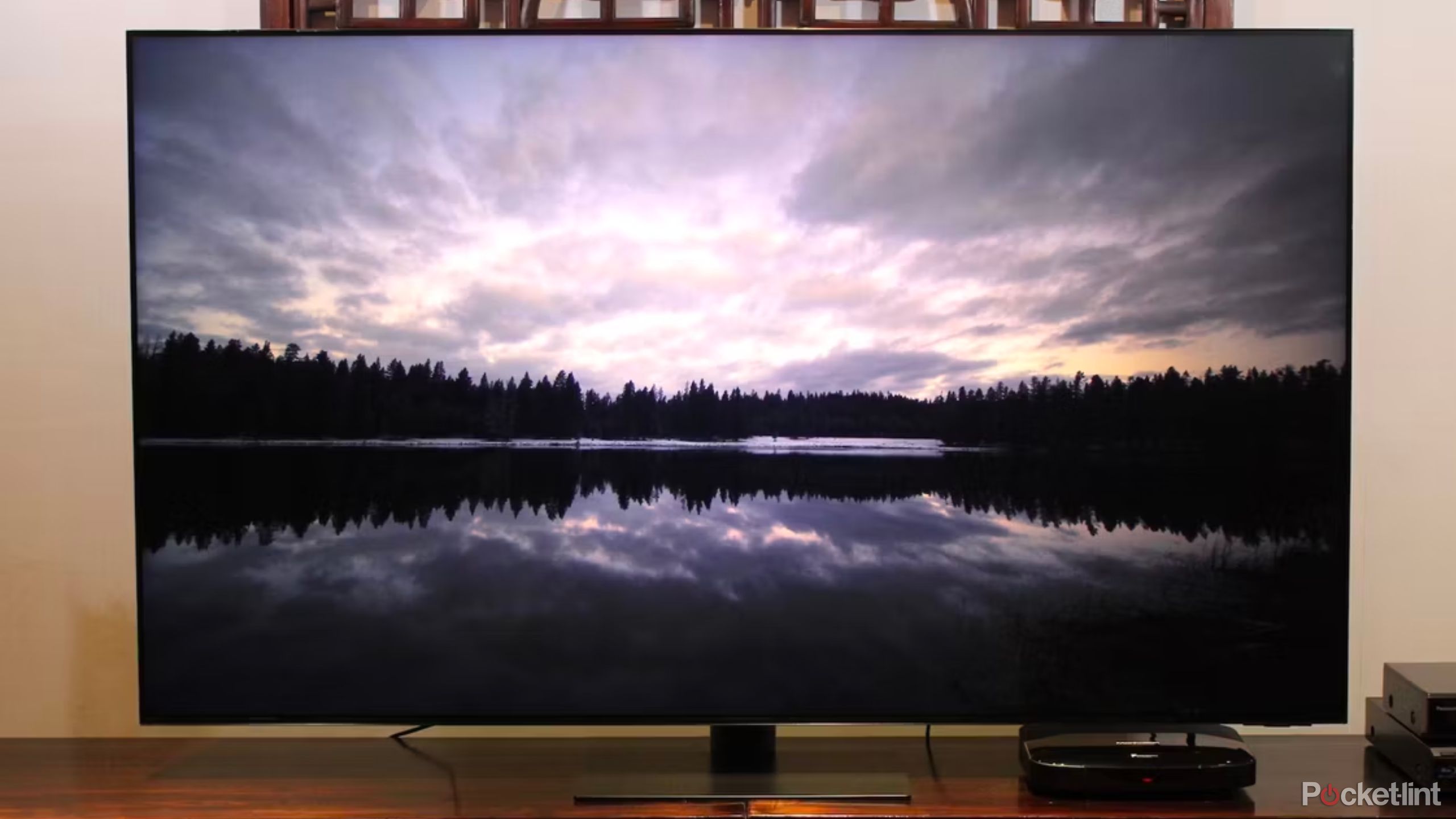
4 reasons to buy a Samsung TV over a Sony TV
An emphasis on brightness and beauty has me leaning toward Samsung.
Filmmaker Mode, a creative endeavor by UHD Alliance in partnership with directors, creatives, and studios, adjusts settings on your TV in order to preserve the creative intent of the filmmaker. Notably, it does away with a bunch of extra processing and sets the white balance to the industry standard. It’s found on many new TVs, and while it’s not technically a calibration tool, it is a standard set forth by some in the industry to improve image quality and fidelity.
Sony
Sony has been trying its hand at this too. They first introduced Netflix Calibrated and later Bavia Core Calibrated, both of which are modes designed to elevate the content on the respective streaming platforms. Netflix Calibrated is a preset you enable before watching original content on the service, while BRAVIA CORE Calibrated is a dynamic setting that automatically adjusts to what you’re watching. Sony is working towards a more detailed and ambitious feature that will adjust on the fly to whatever you’re watching.

Sony’s next ambitious project is a cinephile’s dream
Sony’s Creator Callibrated intends to work with filmmakers to optimize movies for a more faithful at-home watching experience. And I’m here for it.
Samsung, meanwhile, offers a Smart Calibration feature via the SmartThings app that can be used with newer TVs. There are two options available: one is more simple while the other rigorous.
Then there is LG, which offers more advanced picture modes on some Smart TVs, including ISF Expert Bright and ISF Extra Dark. In partnership with ISF, these TV modes optimize the screen based on the ambient light in the room.
Universal
Do I need to calibrate my TV?
Spoiler alert: probably, yes
Whether you need to calibrate your TV comes down to what kind of content you enjoy and the state of your current TV. If you’re investing in a TV that’s going in a den or bedroom for more casual viewing, or if you only prefer to watch older content, reality TV, or network shows, then maybe picture fidelity, peak brightness, and stark contrast aren’t the most important qualities for your viewing experience.
In most cases, you just need to play around with a couple settings, like turning off anything to do with motion, in order to get a quality picture.
Smart TVs of the last couple of years are doing a much better job at looking good right out of the box. In most cases, you just need to play around with a couple settings, like turning off anything to do with motion, in order to get a quality picture. They also have a variety of features to create a more faithful viewing experience.
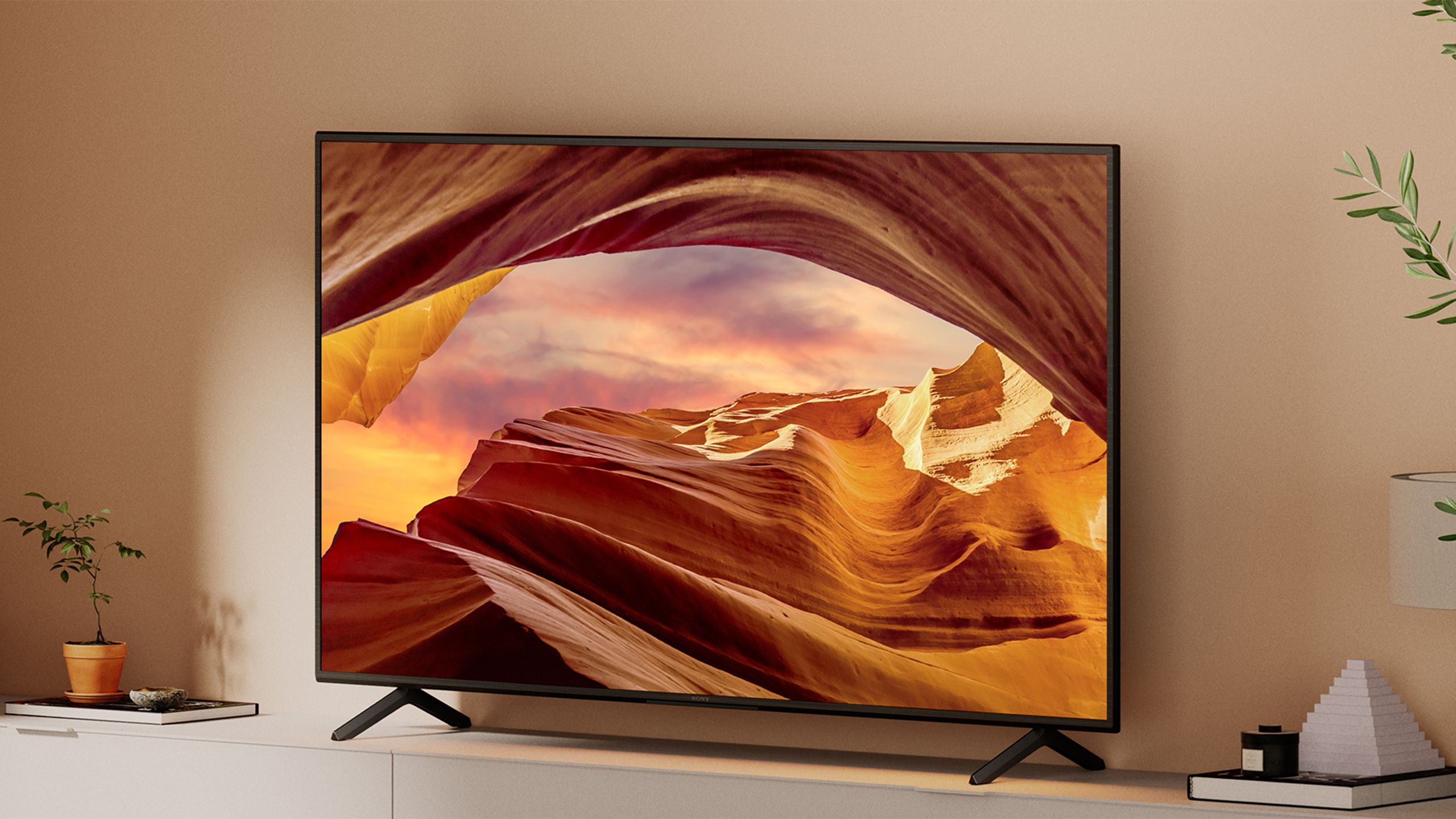
5 signs it’s time to upgrade your TV
There are some glaring signals and some more subtle cues to tell you it’s time for a new TV.
Still, you should definitely tinker with settings after purchase, and it’s almost certainly worth it to at least try your hand at DIY calibration. This is especially true if you’re spending over $1000 — or thousands of dollars — on a brand-new TV. A new TV is going to be worthy for at least five years, and if you going to use it to stream content, play music, and enjoy video games, almost on a daily basis, I advise you to calibrate your TV. A little extra for a disc to improve the image quality is well worth it.
Trending Products

Cooler Master MasterBox Q300L Micro-ATX Tower with Magnetic Design Dust Filter, Transparent Acrylic Side Panel…

ASUS TUF Gaming GT301 ZAKU II Edition ATX mid-Tower Compact case with Tempered Glass Side Panel, Honeycomb Front Panel…

ASUS TUF Gaming GT501 Mid-Tower Computer Case for up to EATX Motherboards with USB 3.0 Front Panel Cases GT501/GRY/WITH…

be quiet! Pure Base 500DX Black, Mid Tower ATX case, ARGB, 3 pre-installed Pure Wings 2, BGW37, tempered glass window

ASUS ROG Strix Helios GX601 White Edition RGB Mid-Tower Computer Case for ATX/EATX Motherboards with tempered glass…


